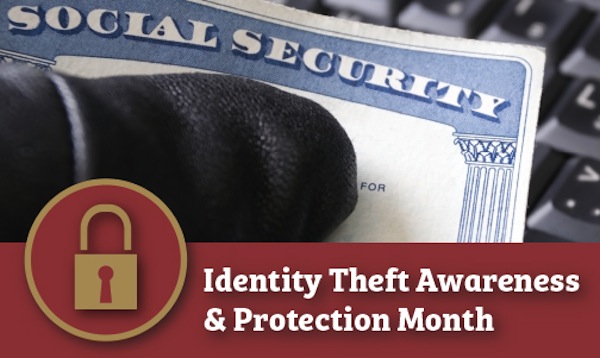 When it comes to identity theft, what you don’t know can hurt you. The average victim of identity theft pays hundreds of dollars and spends dozens of hours trying to fix an identity theft crime. Which of these common identity theft myths do you believe? Find out.
When it comes to identity theft, what you don’t know can hurt you. The average victim of identity theft pays hundreds of dollars and spends dozens of hours trying to fix an identity theft crime. Which of these common identity theft myths do you believe? Find out.
Identity Theft Myth #1: Identity Theft is Only About Stealing Money.
While many identity crimes are about buying something on someone else’s dime, that’s not all identity thieves can do with your information. These days, thieves are also using your information to get medical services (called medical identity theft) or to obtain a job (employment fraud). Both can cause serious repercussions for your future, including the denial of medical benefits or your dream job.
These forms of identity theft can be even more costly and frustrating than typical credit card fraud. There are laws in place that prevent credit card fraud victims from paying more than a certain amount out of pocket. But these kinds of limits don’t exist for medical identity theft. The average medical identity theft victim pays $13,000 out of pocket to resolve their issue, plus countless hours of work trying to fix the problem.
Employment fraud can derail a person’s career and cause serious financial hardship through unemployment. And yet another form of identity theft is criminal identity theft. That’s when a person uses your stolen information to avoid the consequences of their own criminal actions. As you can imagine, your identity in the hands of a person with a criminal past can create quite a headache for you in the future.
Identity Theft Myth #2: Most Identity Thieves are Strangers.
When you picture an identity thief, you might be imagining a faceless stranger behind a computer somewhere. But many victims of identity theft actually know the person who perpetrated the theft.
It could be an employee, a neighbor or even a family member. Be very wary of sharing your accounts, usernames, passwords, social security numbers or other personal information with anyone, even those you think you can trust. Older adults are particularly vulnerable to having their information stolen by caregivers who abuse their trust.
Identity Theft Myth #3: Most Identity Theft Victims are Adults.
We commonly think of identity theft victims as adults – stolen credit cards, email passwords, data breaches, etc. But children are actually much more likely to be victims of identity theft. One study by Texas Legal’s identity theft monitoring partner, AllClearID, showed that children were 35 times more likely to have their identity compromised.
Why? For one, children have clear credit histories, which are easy to take advantage of. Two, no one is paying attention, so the theft can go on for years before someone notices and intervenes.
For more on what you need to know about protection your child’s identity, read our post about child identity theft.
So how did you do? Did you know the realities to these top three identity theft myths? Let us know in the comments.
If you’re worried about identity theft, consider joining Texas Legal. Our new premium plans include identity theft monitoring and restoration as part of your benefits, saving you money and keeping you protected from identity thieves.
For more common myths about identity theft and to learn more about how to protection your identity, visit the University of Texas at Austin’s Center on Identity.